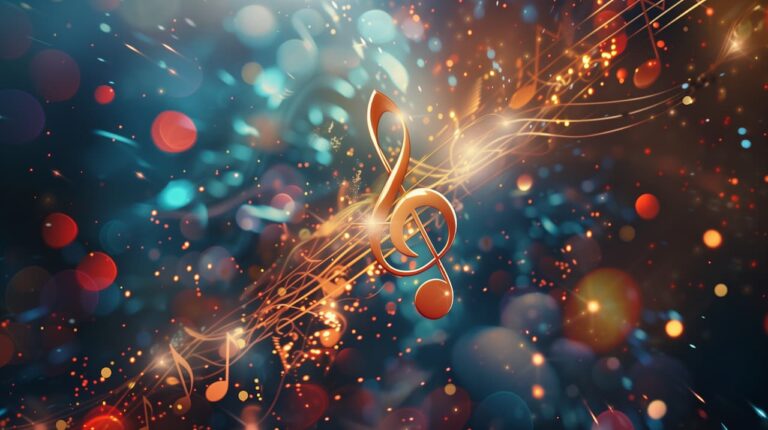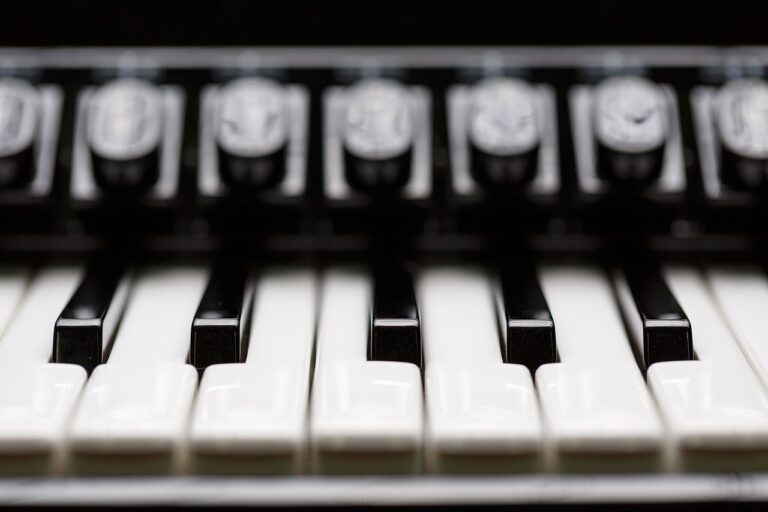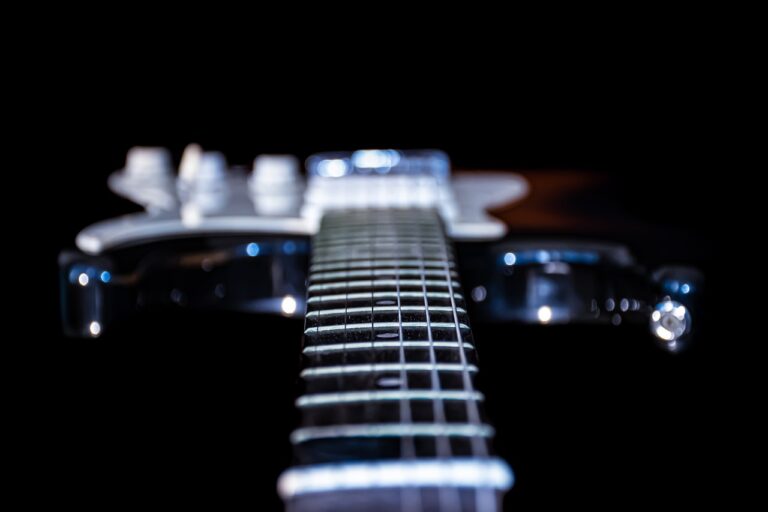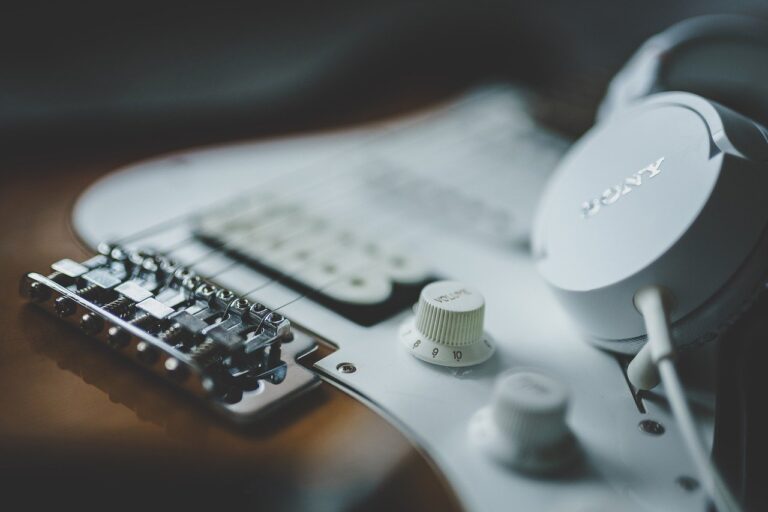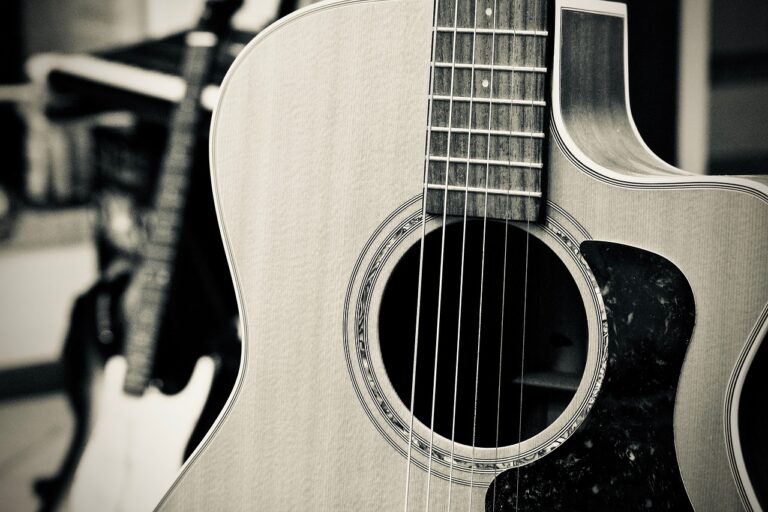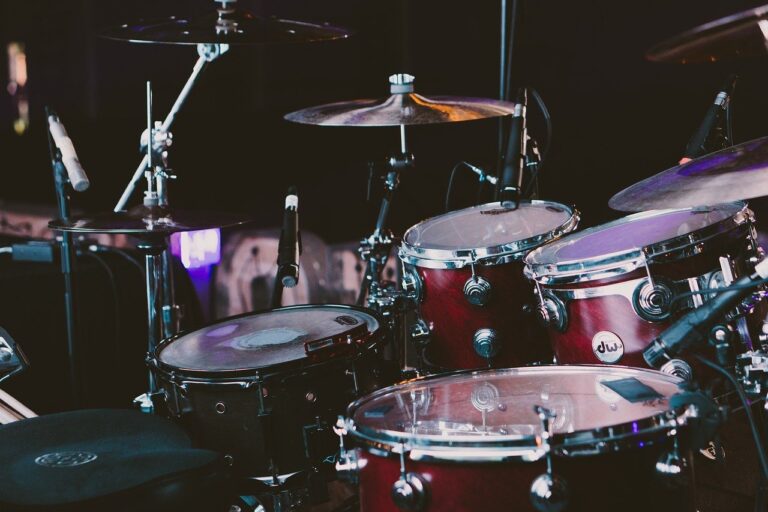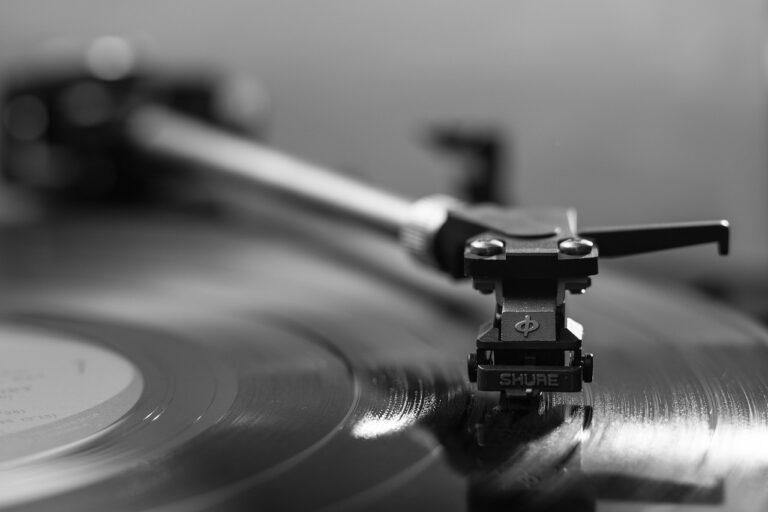The advent of digital instruments and sound technology has heralded a new era in the realm of music, catalyzing a revolution that transcends traditional boundaries and beckons a future ripe with unlimited creative potential. This digital wave has not merely altered the tools at the disposal of artists and producers; it has fundamentally reshaped the landscape of musical expression, making sophisticated production capabilities accessible to a wider audience than ever before. The democratization of music creation, facilitated by these technological advancements, has empowered artists around the globe, enabling the birth of new genres and the reimagining of existing ones. As we stand at the crossroads of innovation and tradition, the impact of digital technology on music is profound, offering a lens through which to view the evolving relationship between human creativity and technological progress.
Historical Overview of Digital Instruments
The odyssey of digital instruments through the decades encapsulates a fascinating chronicle of technological ingenuity meeting musical creativity. From the Moog synthesizer’s debut in the 1960s, a pioneering leap that introduced the music world to the wonders of electronic sound, to the advent of MIDI (Musical Instrument Digital Interface) in the 1980s, which revolutionized music production by enabling digital instruments to communicate with each other, the journey has been marked by continuous innovation. These milestones were not mere points of evolution but pivotal moments that expanded the musical canvas, allowing artists to explore new sonic territories. The historical trajectory of digital instruments reflects a broader narrative of how technology has continually pushed the boundaries of what is possible in music creation, recording, and performance.
Breakthrough Technologies in Sound Production
In the quest for novel sonic landscapes, recent advancements in sound production technology have unveiled possibilities that were once the domain of imagination. Granular synthesis, for instance, manipulates sound at the micro-level, creating complex textures and atmospheres that challenge our conventional understanding of music. Spatial audio technology, on the other hand, immerses listeners in a three-dimensional sound experience, transforming the act of listening into an interactive exploration of sound and space. Meanwhile, modular software environments offer unprecedented flexibility and experimentation, allowing composers to craft unique sounds by connecting virtual modules in an infinite array of configurations. These breakthroughs not only serve as tools for artistic expression but also as bridges to new forms of auditory experience, inviting both creators and consumers of music to venture beyond the familiar confines of melody and harmony.
The Impact of Software and Apps on Music Creation
The proliferation of music production software and mobile applications has marked a significant shift in the landscape of music creation, rendering it more accessible, versatile, and collaborative. Digital audio workstations (DAWs) now offer a full suite of recording, editing, and mixing tools on a single laptop, turning any space into a potential studio. Virtual instruments and sample libraries bring the sounds of the world to a musician’s fingertips, enabling the composition of intricate arrangements without the need for physical instruments. Furthermore, cloud-based collaboration platforms have dismantled geographical barriers, allowing artists from different corners of the globe to create music together in real-time. This era of software and apps does not merely represent a change in how music is made; it signifies a democratization of musical expression, where the only limit is the creator’s imagination.
Digital Instruments in Live Performances
The integration of digital instruments into live performances has revolutionized the concert experience, enabling artists to produce complex, studio-quality soundscapes on stage. Musicians now harness the power of samplers, sequencers, and digital effects processors to recreate intricate arrangements and introduce spontaneous improvisations, offering audiences a dynamic and immersive listening experience. This technological evolution has also expanded the creative possibilities for live shows, allowing for the incorporation of visual elements synchronized with the music, further blurring the lines between auditory and visual art. The adaptability and portability of digital instruments mean that artists can bring the same level of production to venues of any size, from intimate clubs to large festivals, democratizing high-quality live music and making it more accessible to fans everywhere.
The Future of Music Education with Digital Tools
Digital tools are transforming music education, making learning more engaging, accessible, and tailored to individual needs. With a wealth of online tutorials, virtual instrument apps, and interactive music theory software available, students can now explore musical concepts and practice their craft from anywhere, at any time. This shift towards digital education tools not only supports traditional learning methods but also opens up new avenues for experimentation and creativity, encouraging students to develop their unique voice. Furthermore, the ability to connect with instructors and peers around the world fosters a global music community, breaking down cultural and geographical barriers and enriching the educational experience with diverse perspectives. As digital tools continue to evolve, they promise to further democratize music education, making it possible for anyone with a passion for music to learn, create, and share their work.
Challenges and Opportunities in the Digital Soundscape
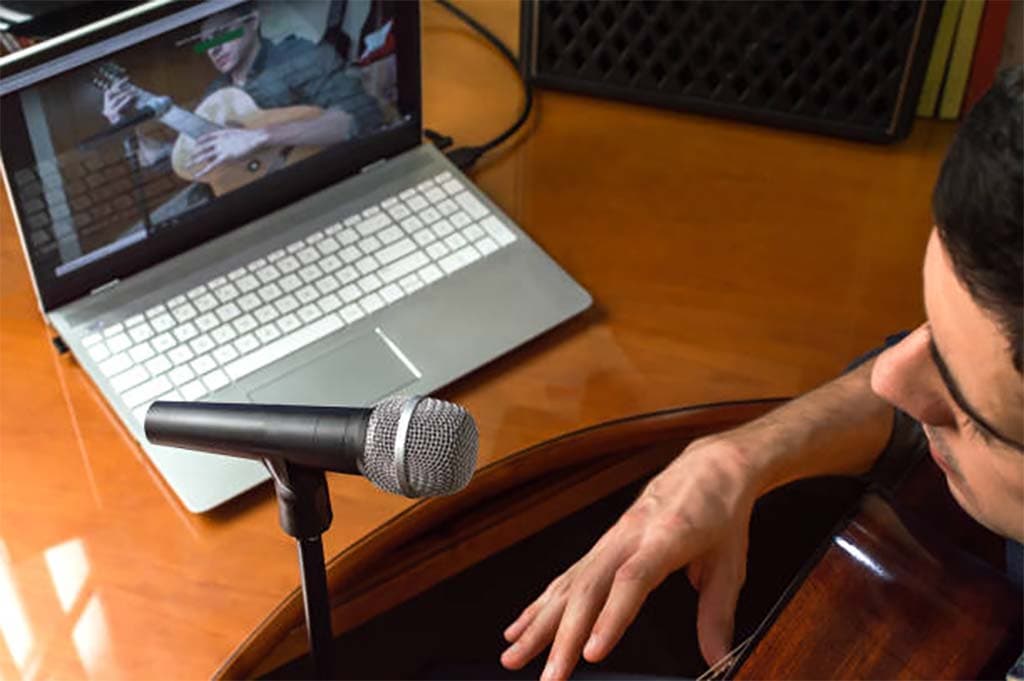
The digital transformation of the music industry presents both challenges and opportunities. While digital instruments and sound technology have lowered barriers to music production and distribution, they also raise concerns about audio quality, the potential for homogenization of sound, and the need for artists to navigate a crowded digital marketplace. Moreover, the rapid pace of technological change requires musicians to continually adapt and acquire new skills to leverage these tools effectively. Despite these challenges, the opportunities for innovation and creativity are vast. The digital soundscape is a fertile ground for experimentation, offering artists the tools to push the boundaries of traditional music genres and create new forms of sonic expression. By embracing both the challenges and opportunities presented by digital technology, the music industry can continue to grow and evolve in exciting directions.
Conclusion: The Continuing Harmony of Music and Technology
The confluence of music and technology is an ongoing symphony of innovation, with each advancement offering new possibilities for creative expression. As digital instruments and sound technology become more sophisticated, they not only change how music is made and experienced but also redefine the very nature of musical artistry. The future of this relationship is promising, filled with potential for further breakthroughs that will continue to expand the musical horizon. In this dynamic landscape, the key to harmony lies in embracing the new while respecting the old, ensuring that technology serves as a bridge rather than a barrier between the artist and the audience. As we look forward, it is clear that music and technology will continue to evolve in tandem, composing a future where the possibilities are as limitless as the creativity of those who dare to explore them.

